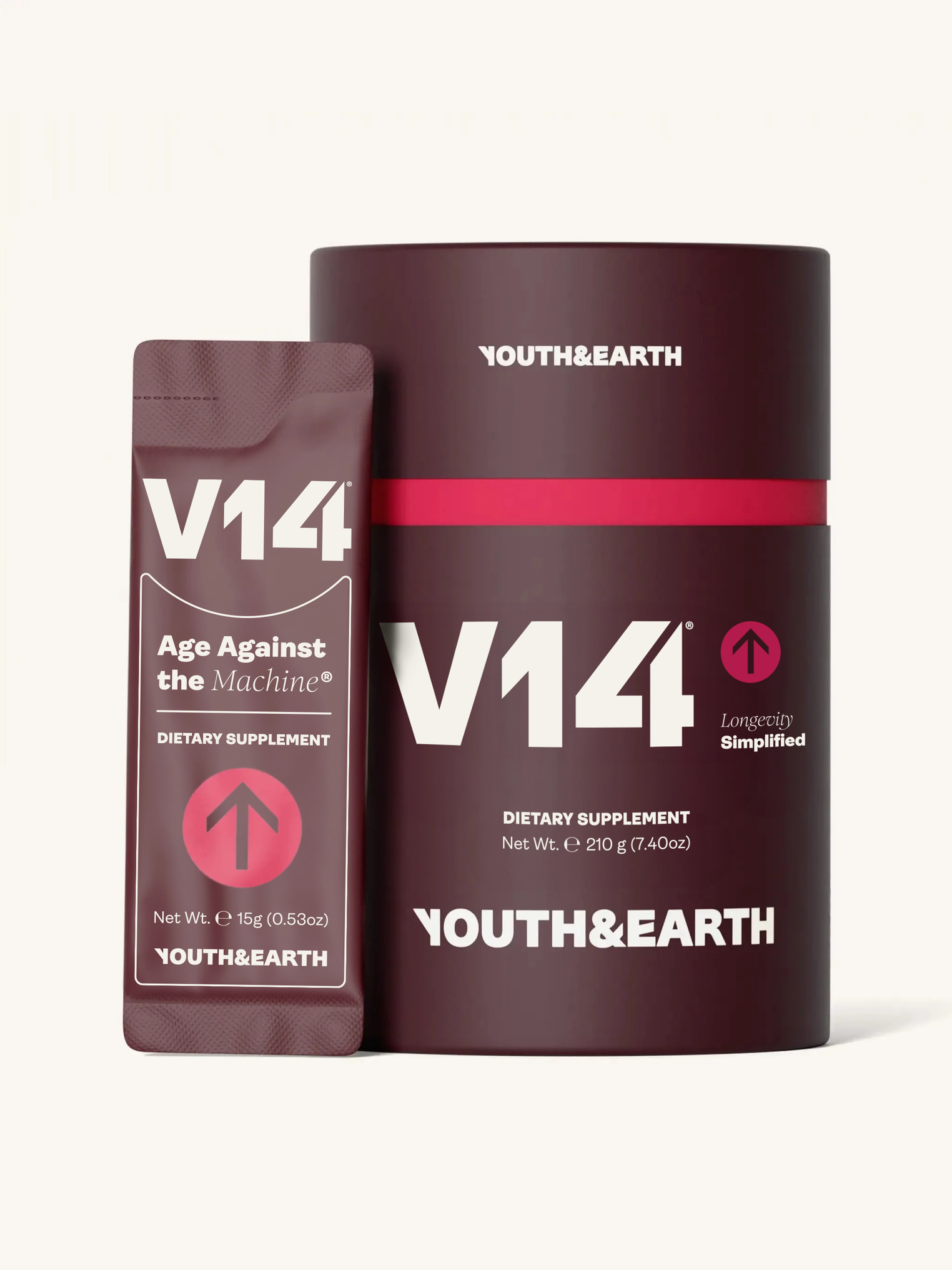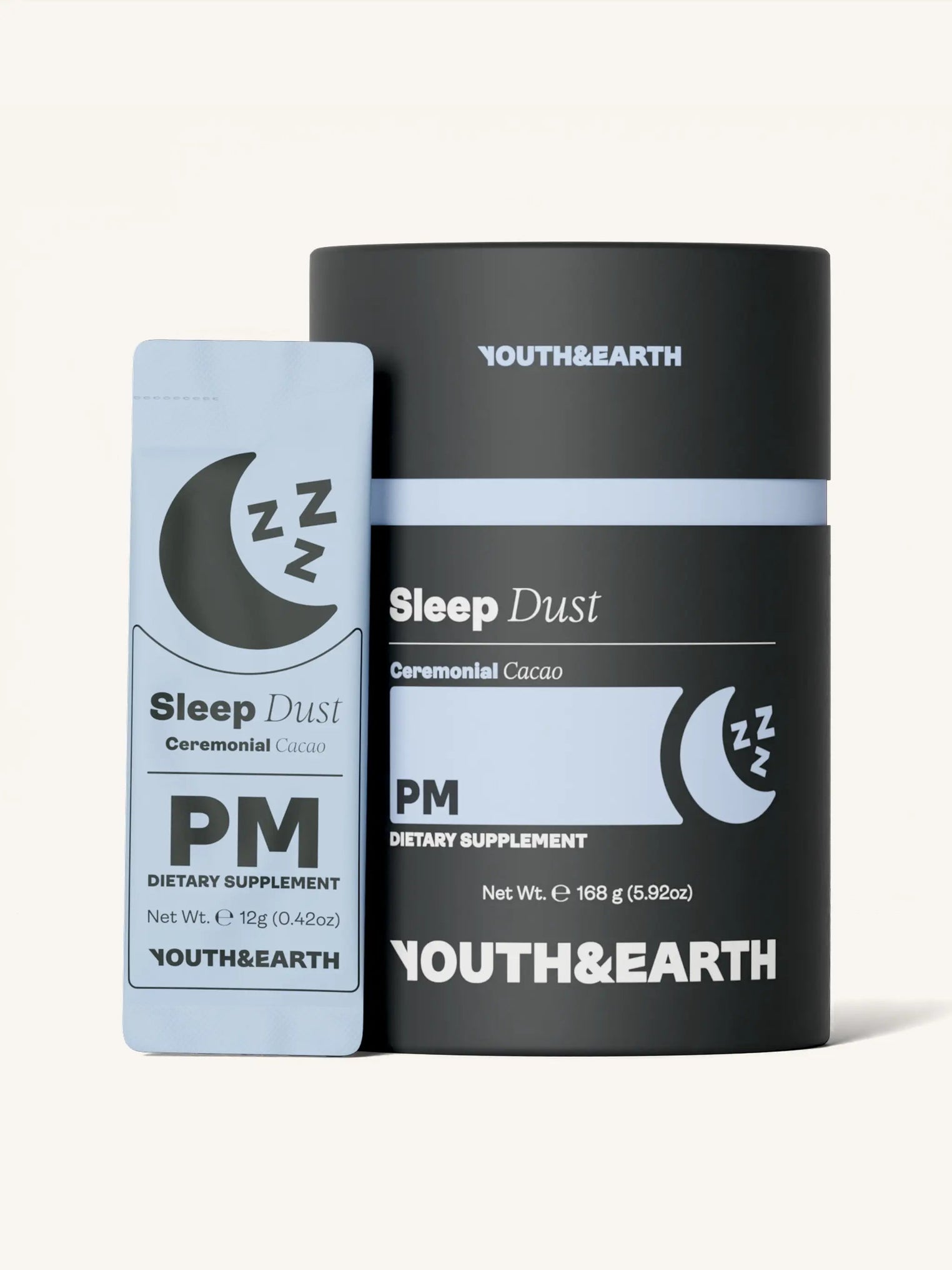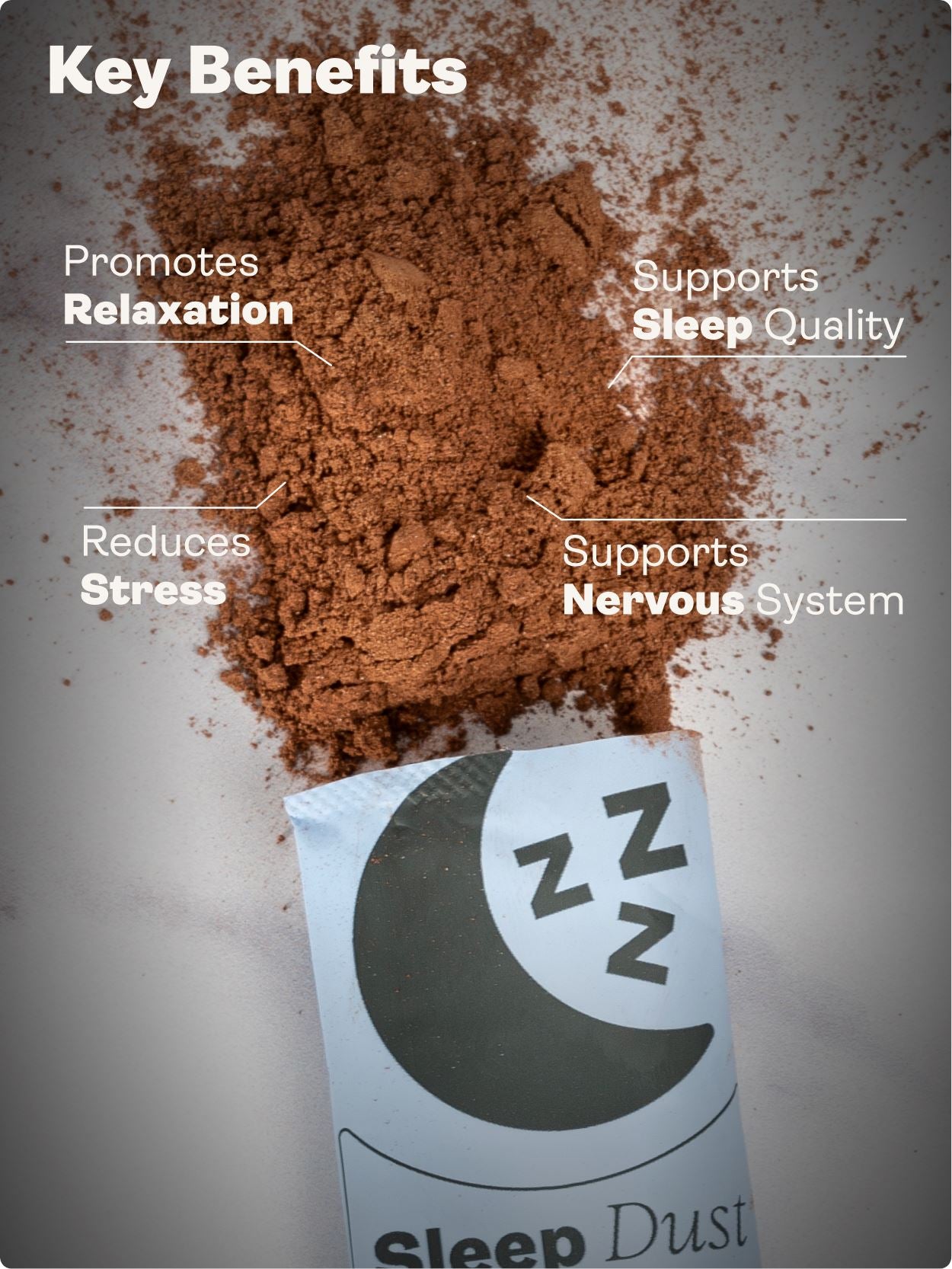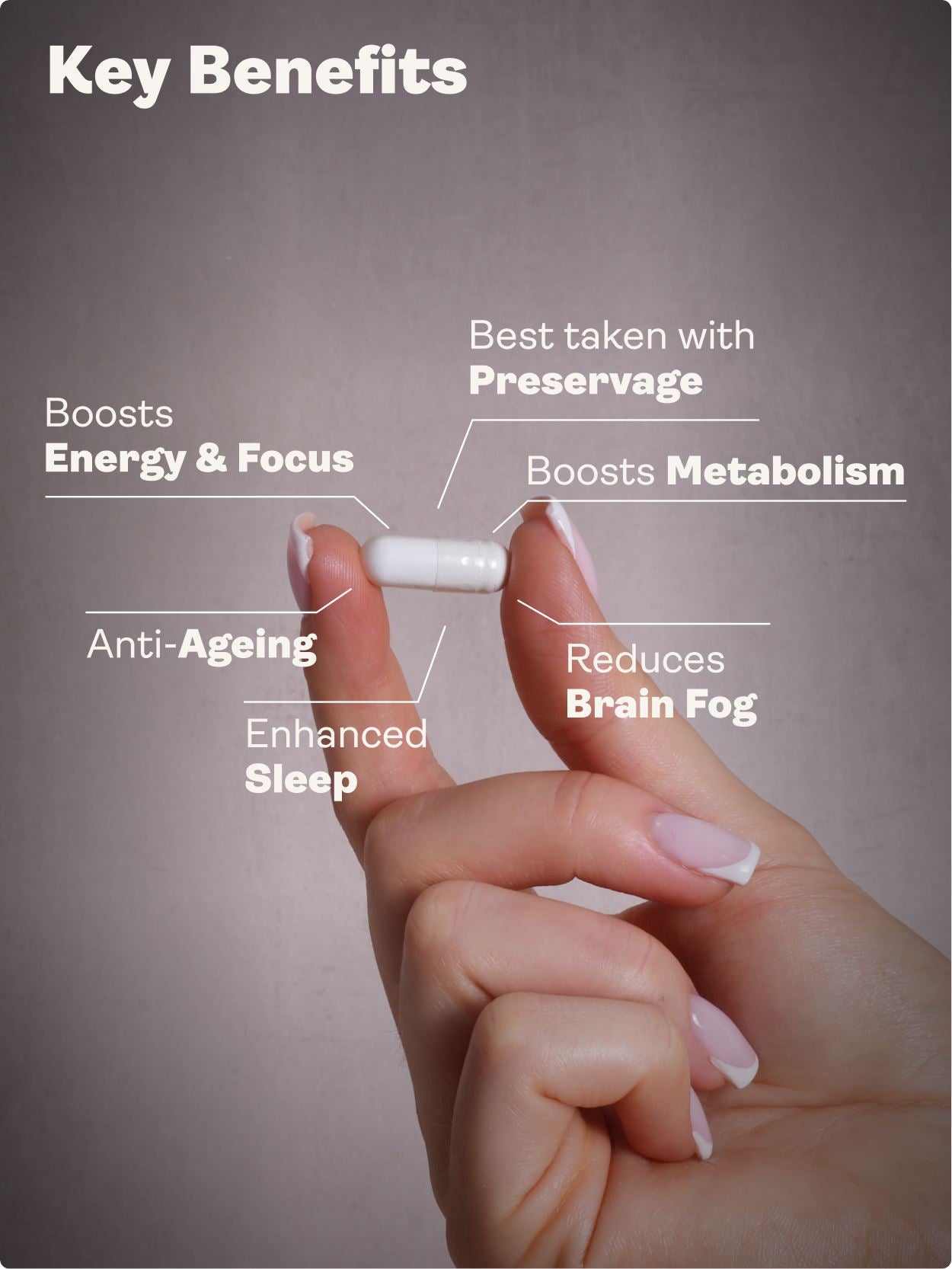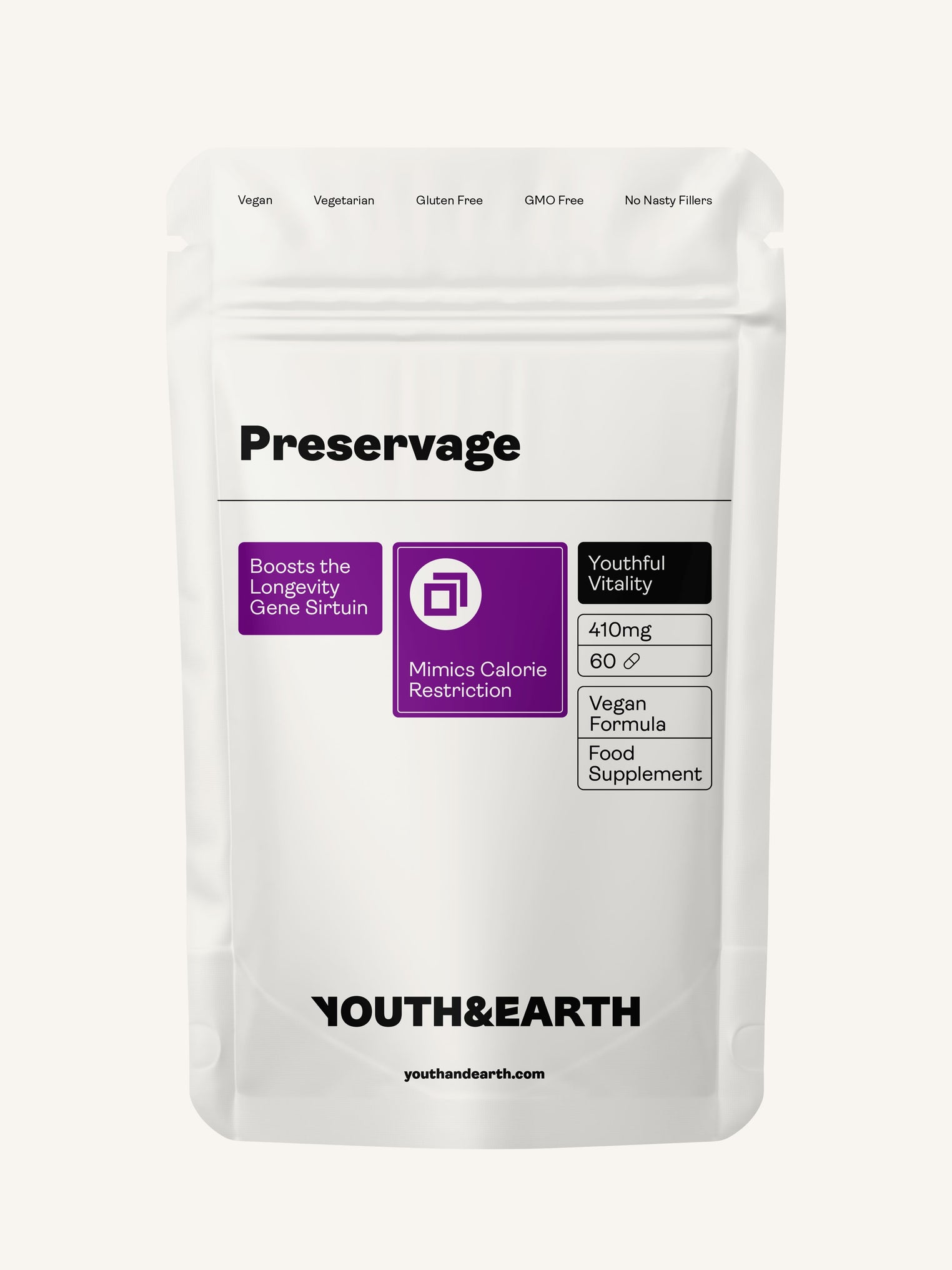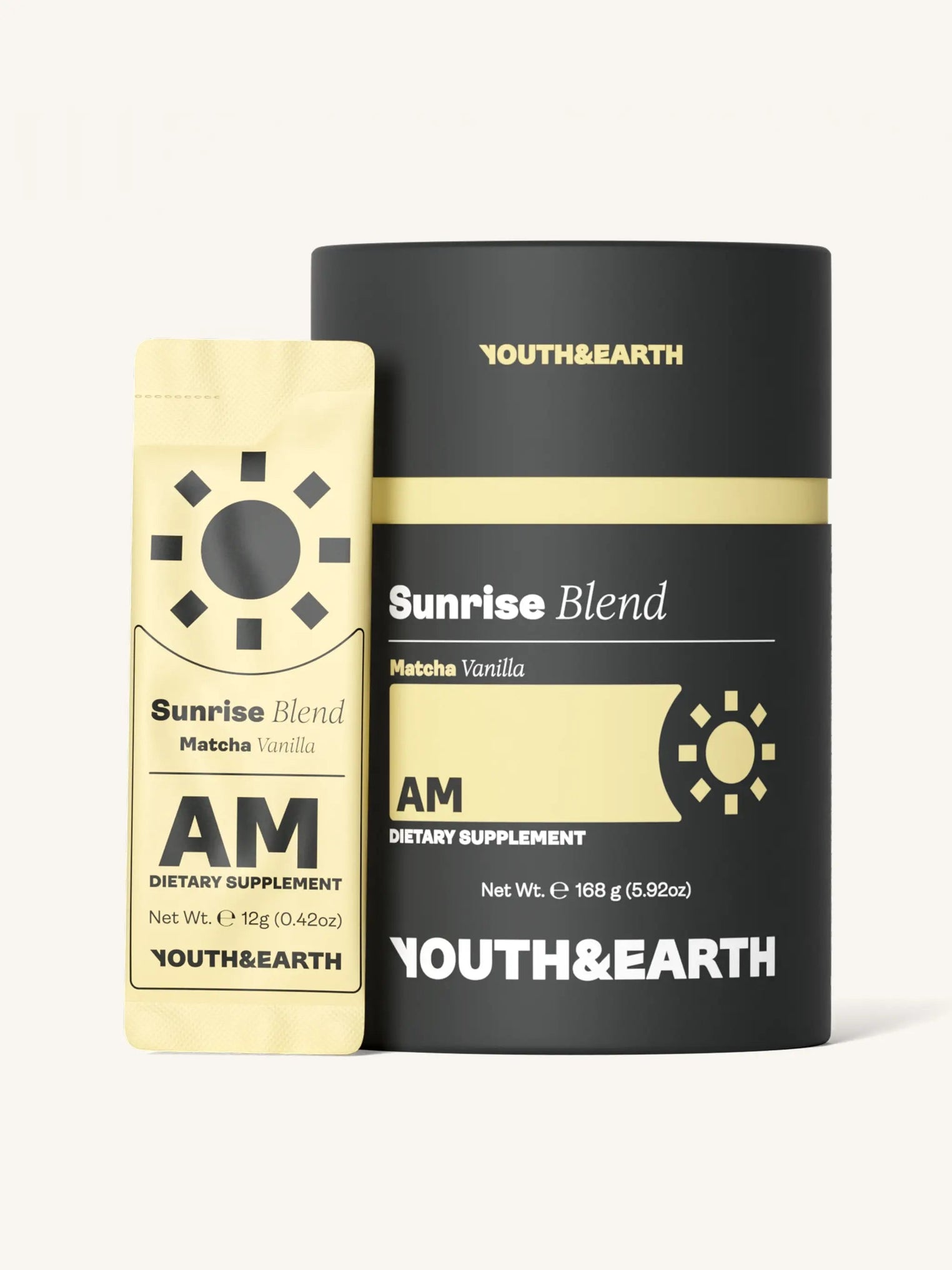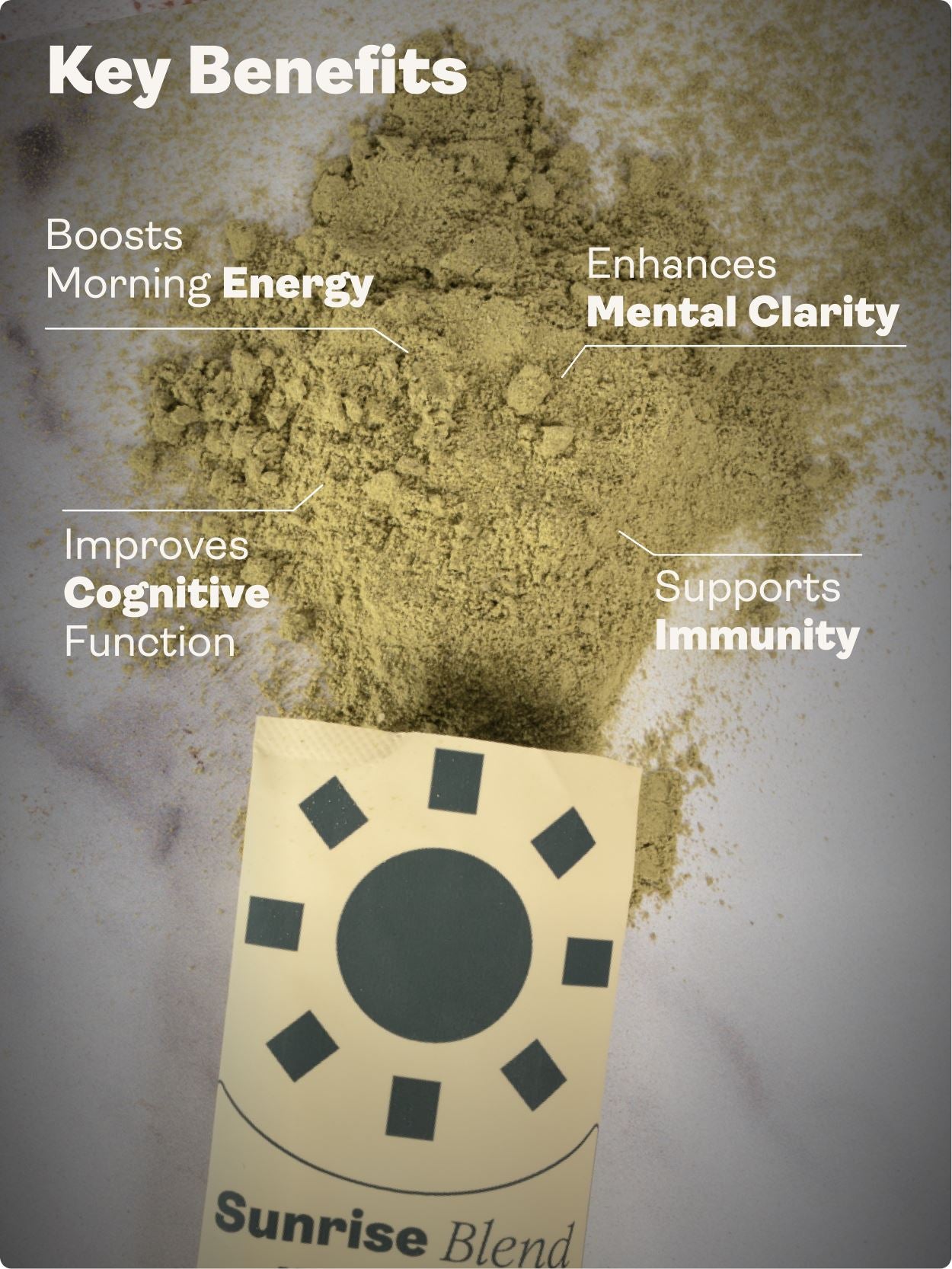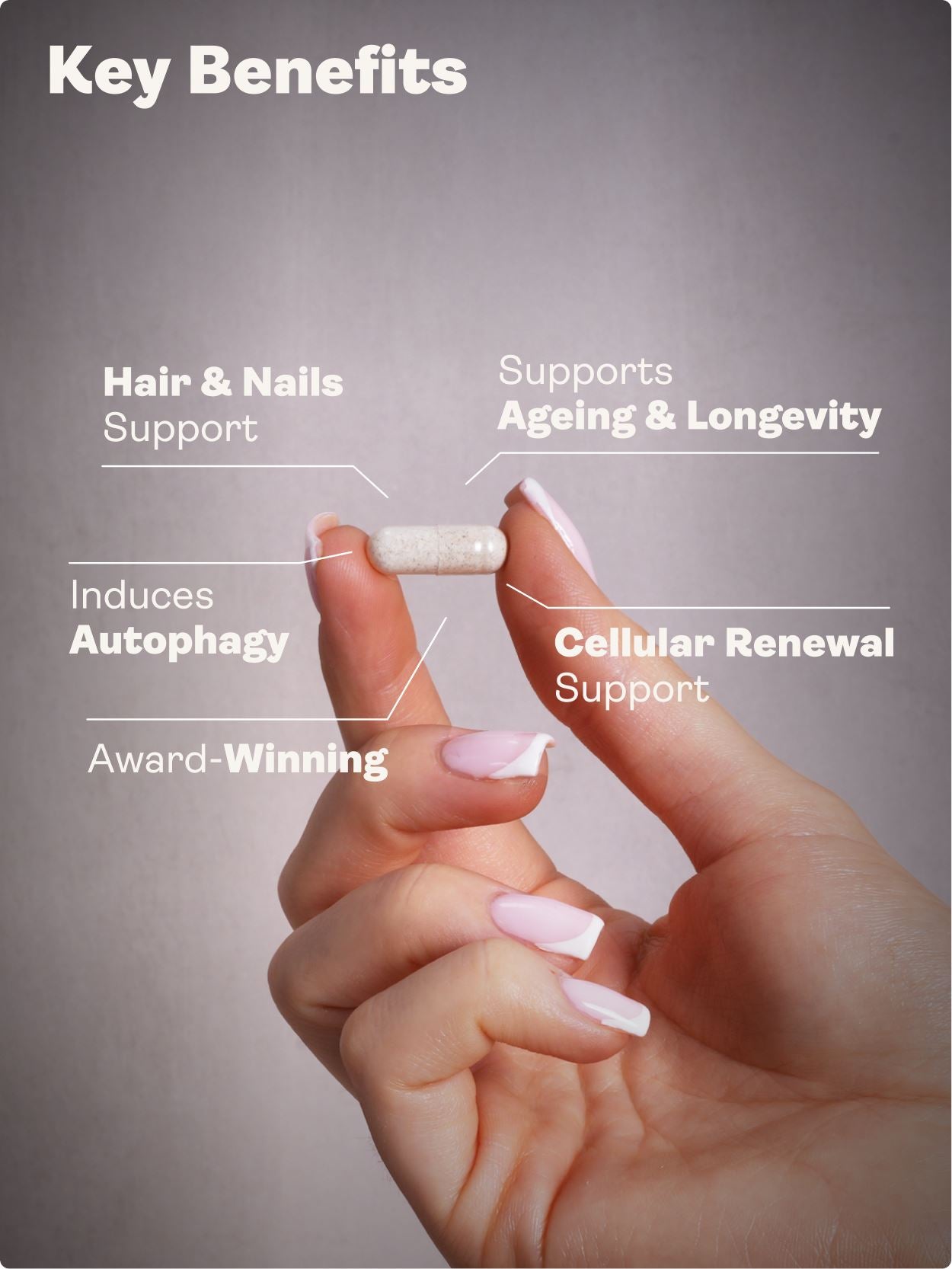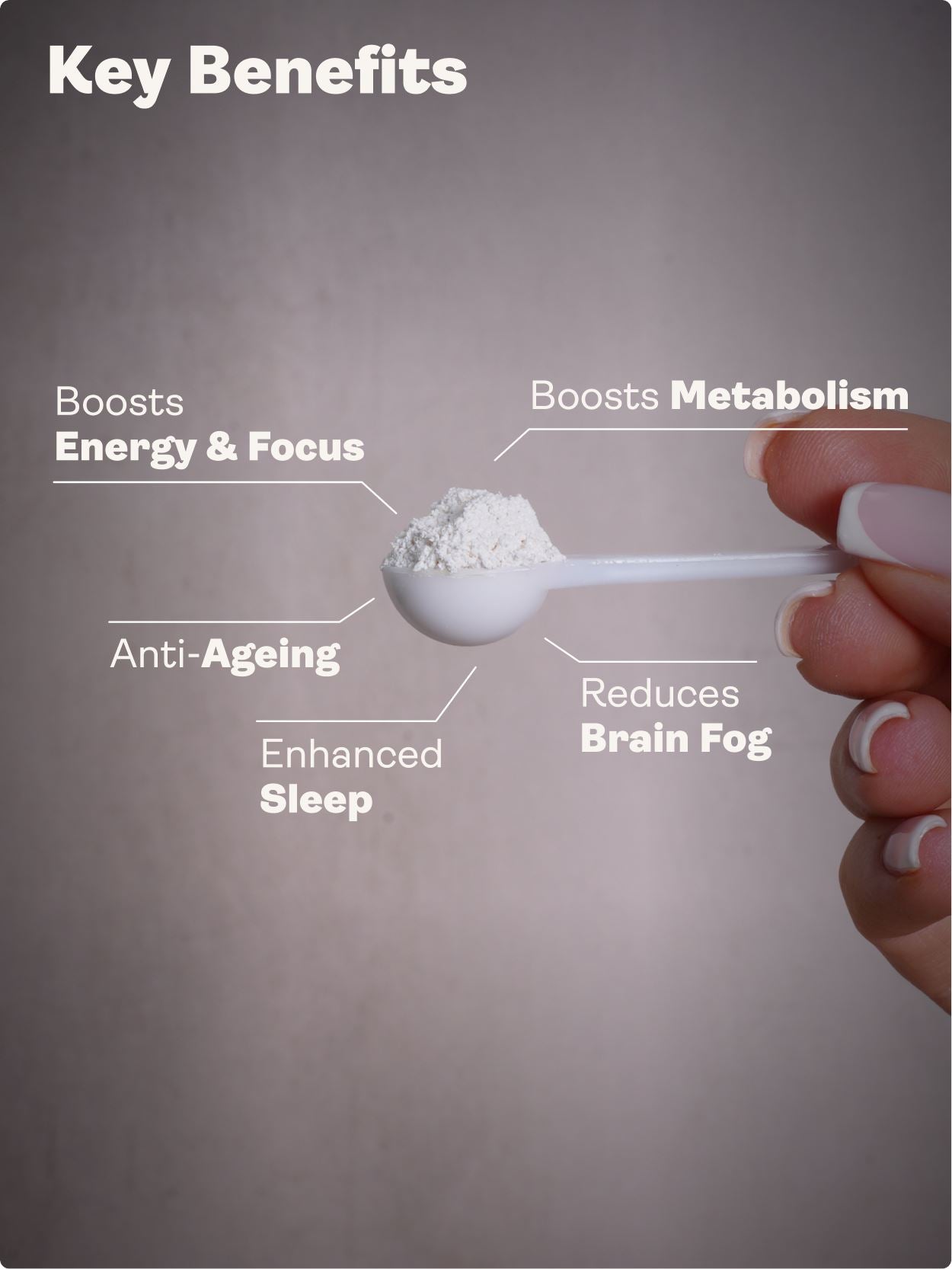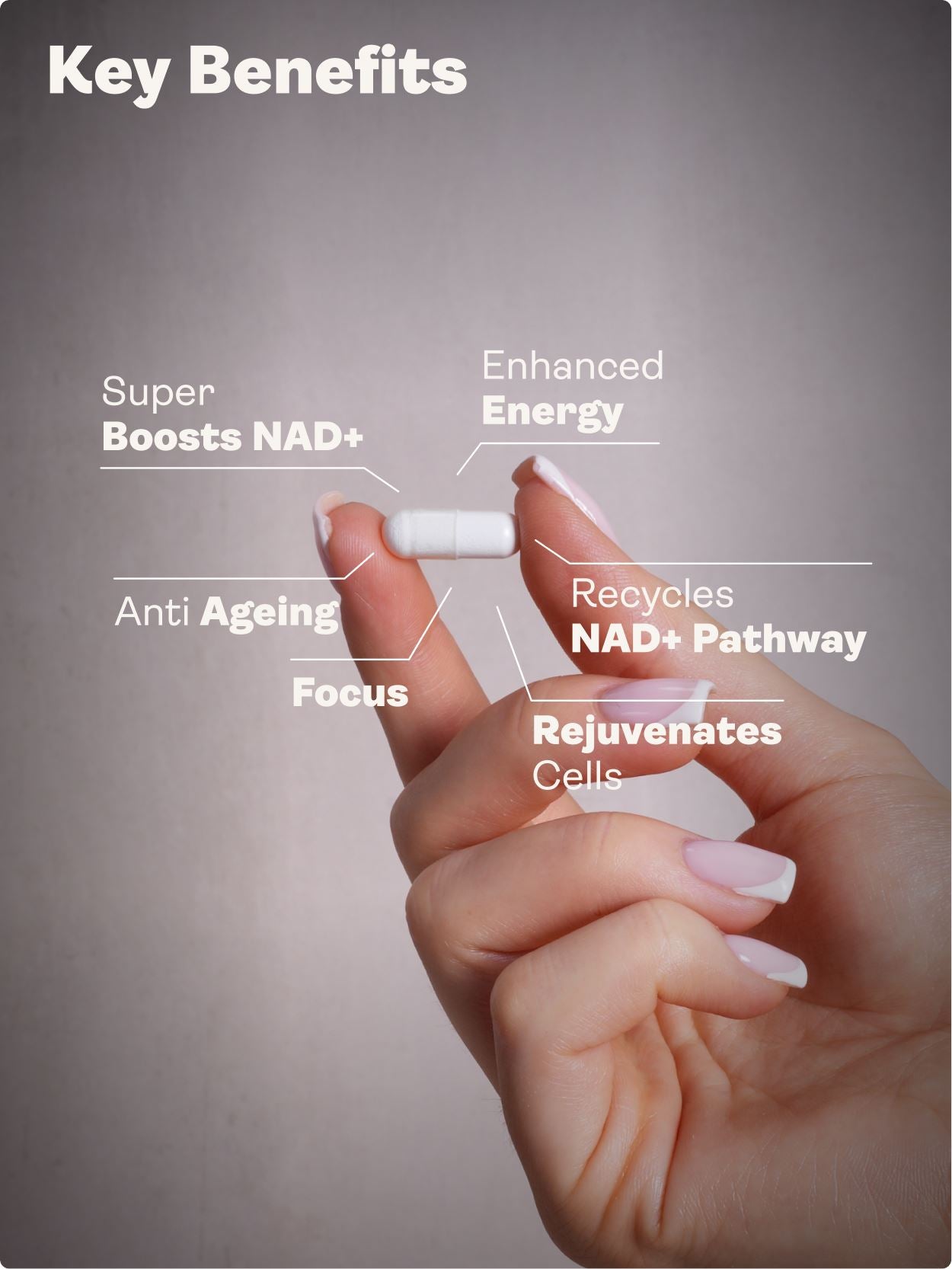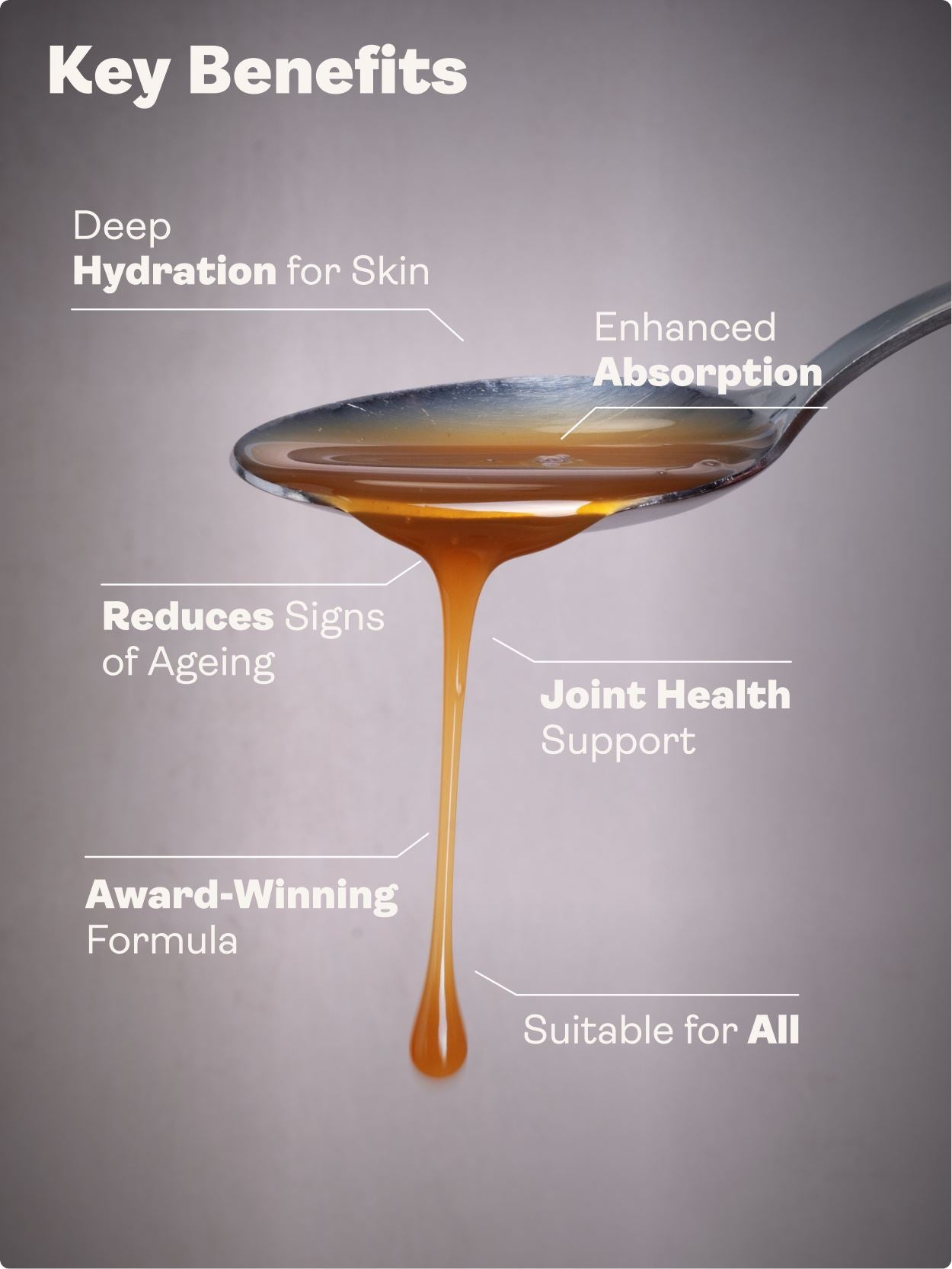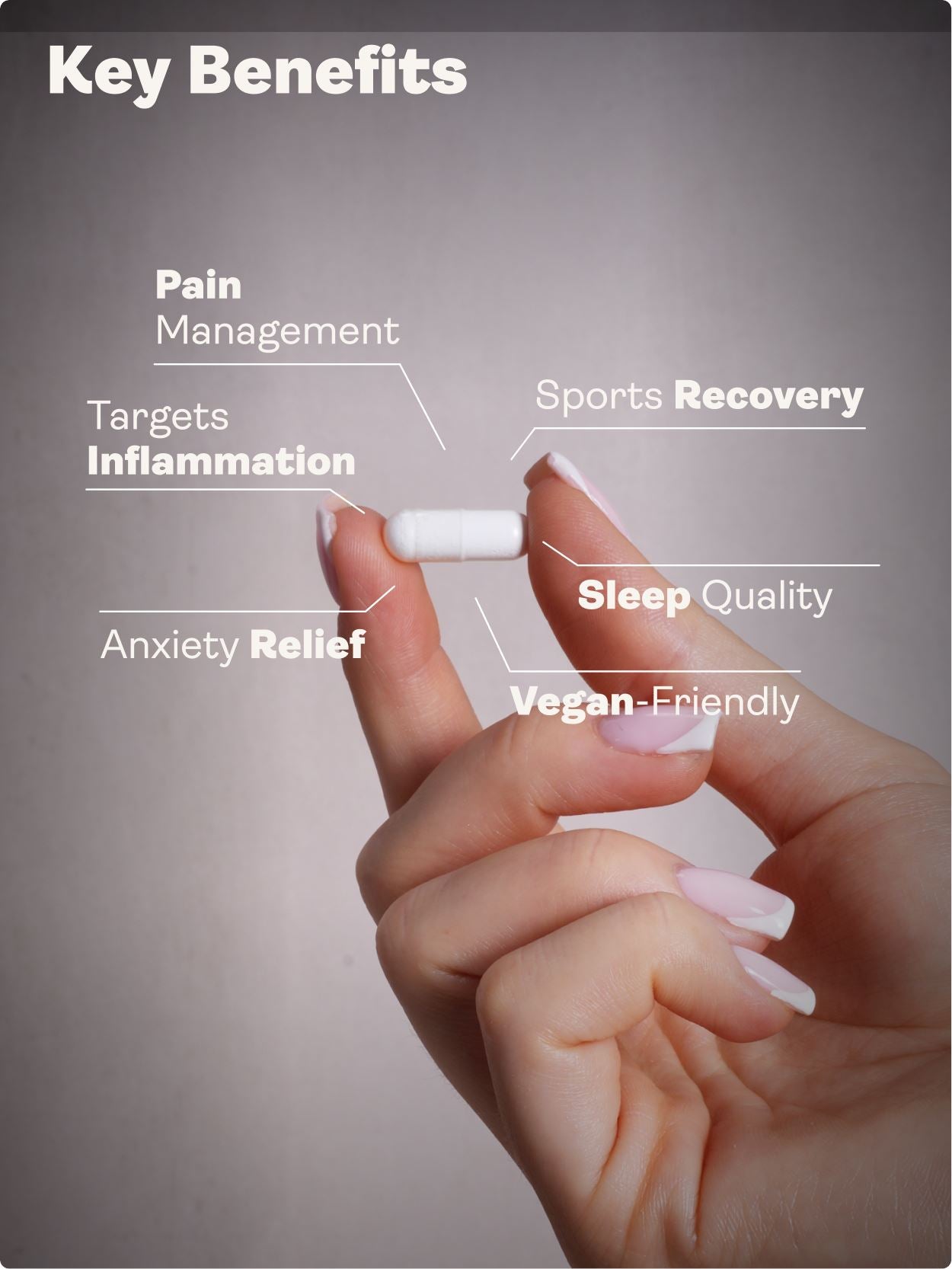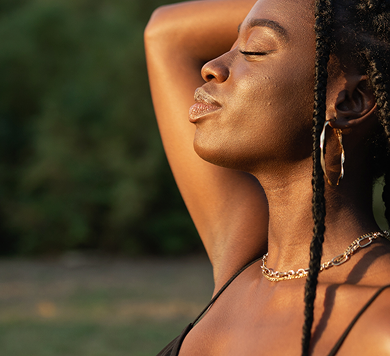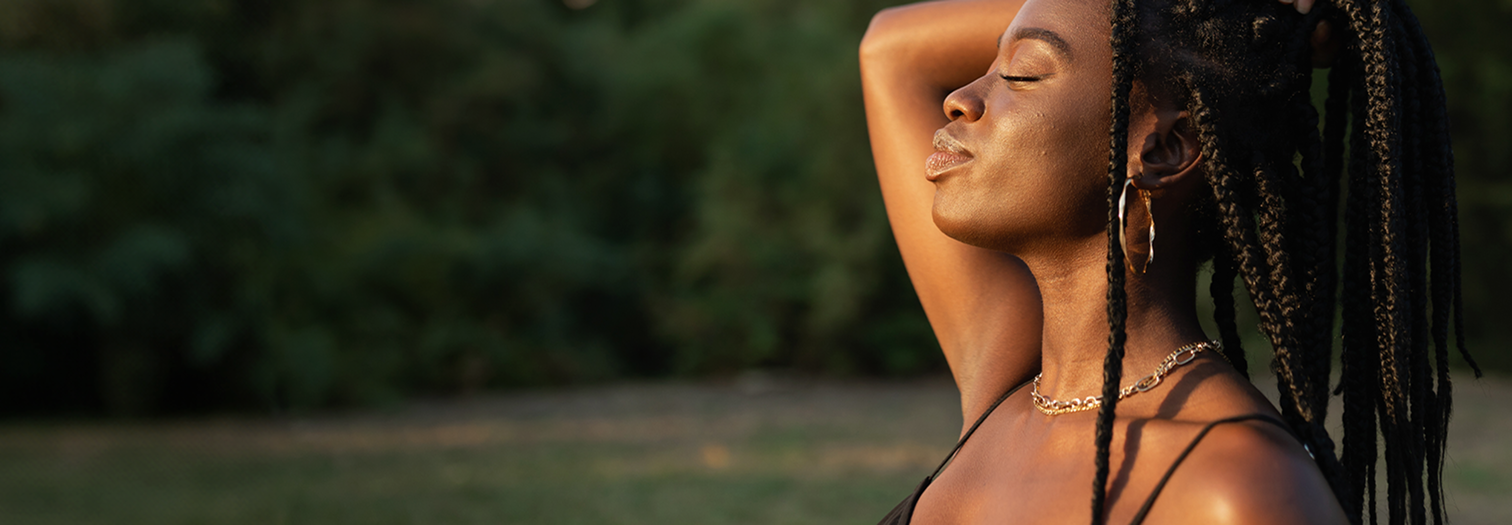Ever wondered why some people thrive at dawn while others come alive at midnight? Your chronotype, a genetic blueprint for your body’s sleep and wake patterns, holds the key. Understanding your chronotype can transform how you structure your day, improving sleep, energy, and overall health. This guide dives deep into chronotypes, their science, and practical ways to align your life with your biology, drawing insights from sleep expert Dr. Michael Breus.
TL;DR: Chronotypes for Better Sleep and Energy
Chronotypes—genetic sleep patterns—dictate when you’re naturally alert or sleepy. Identified as Lions (early risers), Bears (midday balancers), Wolves (night owls), or Dolphins (light sleepers), they shift with age and life stages. Aligning your schedule with your chronotype enhances sleep quality, productivity, and health. Key practices include consistent wake times, strategic napping, and breathwork, as outlined in Dr. Breus’s books, The Power of When and Sleep, Drink, Breathe.
Table of Contents
-
What Are Chronotypes?
-
Science Snapshot: Chronotype Biology
-
How Do Chronotypes Affect Your Sleep?
-
The Four Chronotypes Explained
-
Chronotypes Across Life Stages
-
Aligning Your Life with Your Chronotype
-
Managing Insomnia and Chronotype Misalignment
-
Complementary Practices for Sleep
-
Conclusion: Harnessing Chronotypes for Health
-
Checklist for Chronotype Alignment
-
Frequently Asked Questions
-
Glossary of Terms
-
About the Author and Review
Science Snapshot: Chronotype Biology
Chronotypes are rooted in genetics, influencing your circadian rhythm—the 24-hour internal clock governing sleep and wakefulness. Dr. Michael Breus, in The Power of When, highlights:
-
Temperature and Hormones: Core body temperature and hormone levels (e.g., melatonin, cortisol) drive wake times. Lions wake early as melatonin drops at 4:30 AM; Wolves delay until 7:30 AM.
-
Genetic Markers: Genes like PER3 influence sleep patterns, with variations linked to insomnia in Dolphins.
-
Life Stage Shifts: Circadian rhythms shift from early (infants) to late (teens) and back (older adults).
-
Health Impact: Misaligned schedules increase risks of fatigue, poor focus, and chronic health issues.
Tip: Take the quiz at chronoquiz.com to identify your chronotype and get tailored sleep advice.
What Are Chronotypes?
Chronotypes are genetically determined sleep-wake patterns that shape when you feel most alert or tired. Popularized by Dr. Michael Breus, they’re named after animals—Lions, Bears, Wolves, and Dolphins—to reflect distinct behaviors. Unlike habits you can change, chronotypes are hardwired, influenced by your body’s circadian rhythm. Aligning your daily routine with your chronotype optimizes energy, sleep quality, productivity, and health, supporting longevity.
How Do Chronotypes Affect Your Sleep?
Chronotypes govern your sleep window—the optimal time for restful sleep. Misalignment, like a Wolves trying to wake at 5:00 AM, disrupts circadian signals, reducing deep and REM cycles critical for recovery. This can lead to:
-
Fatigue: Inconsistent wake times confuse your body clock.
-
Insomnia: Forcing sleep outside your window increases stress.
-
Reduced Productivity: Hormonal mismatches impair focus and creativity.
Dr. Breus emphasizes a consistent wake-up time, ideally within 30 minutes daily, to anchor your circadian rhythm. This respects your biology, enhancing sleep efficiency and daytime energy.
The Four Chronotypes Explained
Dr. Breus categorizes chronotypes into four types, each with unique sleep and activity patterns:
Lions (Early Risers)
-
Profile: 15% of adults; wake early (4:30–5:30 AM), peak productivity in the morning.
-
Traits: High cortisol and adrenaline early; ideal for exercise before breakfast.
-
Challenges: Energy dips in late afternoon; struggle with late-night tasks.
-
Tips: Avoid caffeine for 90 minutes post-wakeup; schedule demanding tasks early.
Bears (Midday Balancers)
-
Profile: 50% of adults; wake around 7:00 AM, sleep 10:00 PM–7:00 AM.
-
Traits: Steady energy through the day; align with standard work schedules.
-
Challenges: May feel sluggish if forced into extreme early or late routines.
-
Tips: Maintain consistent sleep schedules; take short walks post-meals for energy.
Wolves (Night Owls)
-
Profile: 15% of adults; wake later (7:30–9:00 AM), peak in the evening.
-
Traits: Creative and alert at night; melatonin peaks later.
-
Challenges: Struggle with 9-to-5 schedules; risk sleep deprivation.
-
Tips: Negotiate flexible work hours; avoid morning caffeine overload.
Dolphins (Light Sleepers)
-
Profile: 10% of adults; irregular sleep, often insomniacs due to anxiety or genetics.
-
Traits: Half-awake state, mimicking dolphins’ unihemispheric sleep; sensitive to disruptions.
-
Challenges: Difficulty falling or staying asleep; hormonal imbalances (e.g., menopause).
-
Tips: Use breathwork (4-7-8 breathing); avoid stimulants late in the day.
Comparison Table: Chronotype Characteristics
|
Chronotype |
Wake Time |
Sleep Time |
Peak Productivity |
Challenges |
|---|---|---|---|---|
|
Lion |
4:30–5:30 AM |
9:00–10:00 PM |
Morning |
Afternoon fatigue |
|
Bear |
7:00 AM |
10:00 PM–7:00 AM |
Midday |
Schedule rigidity |
|
Wolf |
7:30–9:00 AM |
12:00–1:00 AM |
Evening |
Morning struggles |
|
Dolphin |
Variable |
Irregular |
Inconsistent |
Insomnia, anxiety |
Chronotypes Across Life Stages
Your chronotype evolves with age, reflecting hormonal and circadian shifts:
-
Infants (Lions): Early bedtimes and wake-ups (6:00 PM–6:00 AM) due to high melatonin production.
-
Toddlers to Preteens (Bears): Shift to 7:00 PM–7:00 AM sleep, aligning with school schedules.
-
Teens (Wolves): Delayed circadian rhythm; prefer 2:00 AM–12:00 PM sleep, clashing with school.
-
Adults (20–50): Stable chronotype (Lion, Bear, Wolf, or Dolphin) emerges around age 25.
-
Older Adults (50+): Revert to Lion-like patterns, waking earlier (5:00–6:00 AM) as melatonin shifts.
Why It Matters: Life events like menopause or stress can mimic Dolphin traits, disrupting sleep. Recognizing these shifts helps tailor sleep strategies to your current biology.
Aligning Your Life with Your Chronotype
To optimize health, align your daily activities with your chronotype’s natural rhythms:
-
Sleep Schedule: Wake at the same time daily, even weekends, to stabilize your circadian clock. Lions thrive at 5:00 AM; Wolves at 8:00 AM.
-
Work Hours: Advocate for flexible schedules. Wolves can propose later start times (e.g., 11:00 AM–7:00 PM) for peak productivity.
-
Exercise Timing: Lions exercise early; Wolves in the evening. Avoid intense workouts 3 hours before bed to prevent temperature spikes.
-
Social Activities: Plan interactions when you’re alert. Bears connect midday; Wolves at night. For couples with mismatched chronotypes (e.g., Lion and Wolf), try early evening meetups.
Use Case: A Wolf negotiates a 10:00 AM start time, naps at 2:00 PM, and exercises at 6:00 PM, boosting energy and focus.
Managing Insomnia and Chronotype Misalignment
Insomnia often stems from chronotype misalignment or poor sleep habits. Dr. Breus offers these strategies:
Middle-of-the-Night Waking (1:00–3:00 AM)
-
Why It Happens: Core body temperature rises, signaling lighter sleep. Most roll over; Dolphins stay awake.
-
Solutions:
-
Avoid Peeing Unnecessarily: Roll to your back, count to 30. If needed, use nightlights to avoid bright lights.
-
Don’t Check the Clock: Prevents anxiety-driven heart rate spikes.
-
4-7-8 Breathing: Inhale for 4, hold for 7, exhale for 8 (15–20 cycles). Start with 4-5-6 if challenging.
-
Yoga Nidra: Lie still in a relaxed state for non-sleep deep rest, equivalent to 20 minutes of sleep per hour.
-
Acceptance: If awake after an hour, get up and start your day, but maintain regular bedtime.
-
Napping Strategically
-
Avoid for Insomniacs: Naps reduce sleep drive, worsening insomnia.
-
For Others: Limit to 25 minutes to avoid sleep inertia. Try a “nappuccino” (coffee before a short nap) for emergencies.
-
Timing: Lions nap early afternoon; Wolves later (3:00–4:00 PM).
Addressing Misalignment
-
Educate Employers: Propose a two-week trial of adjusted hours to boost productivity.
-
Adapt Bedtimes: Go to bed when naturally tired, within your chronotype’s window (e.g., 12:00 AM for Wolves).
Tip: Read Sleep, Drink, Breathe by Dr. Breus for detailed insomnia protocols.
Complementary Practices for Sleep
Enhance sleep by supporting your chronotype with these foundational practices:
-
Hydration: Sip water throughout the day, aiming for clear or light yellow urine. Avoid gulping to ensure absorption.
-
Breathwork: Use 4-7-8 or box breathing (4-second inhale, hold, exhale, hold) to lower heart rate and calm anxiety.
-
Movement: Walk 20 minutes daily, ideally post-dinner, but stop 3 hours before bed to avoid temperature spikes.
-
Alcohol Management: Limit to two drinks, stop 3 hours before bed, and alternate with water or coconut water to minimize sleep disruption.
-
Environment: Sleep in a cool (65–68°F), dark room. Avoid screens 1 hour before bed to reduce melatonin suppression.
Example Routine: A Bear wakes at 7:00 AM, sips water all day, walks after dinner, and does 4-7-8 breathing before a 10:00 PM bedtime.
Conclusion: Harnessing Chronotypes for Health
Understanding your chronotype unlocks a personalized approach to sleep, energy, and health. Whether you’re a Lion thriving at dawn or a Wolf shining at night, aligning your schedule with your biology enhances recovery and productivity. Combine consistent wake times, strategic breathwork, and mindful habits to optimize your circadian rhythm, supporting anti-aging and vitality.
Checklist for Chronotype Alignment
-
Identify Your Chronotype: Take the quiz at chronoquiz.com.
-
Set a Consistent Wake Time: Stick to it daily, tailored to your chronotype (e.g., 5:00 AM for Lions).
-
Time Activities: Schedule exercise, work, and social time during peak alertness.
-
Manage Insomnia: Use 4-7-8 breathing and avoid clock-checking during night wakings.
-
Support Sleep: Sip water, move daily, and limit alcohol 3 hours before bed.
Frequently Asked Questions
What is a chronotype and how does it affect sleep?
A chronotype is your genetic sleep-wake pattern (e.g., Lion, Bear, Wolf, Dolphin). It determines optimal sleep and wake times, impacting energy and recovery.
How can I find my chronotype?
Take Dr. Breus’s quiz at chronoquiz.com to identify your type and get tailored recommendations.
What if my job conflicts with my chronotype?
Propose a two-week trial of adjusted hours to your employer, highlighting productivity gains. Wolves may thrive starting later.
How do I handle middle-of-the-night waking?
Avoid peeing unless necessary, don’t check the clock, and use 4-7-8 breathing. If awake after an hour, get up and maintain regular bedtime.
Are naps helpful for all chronotypes?
Naps (25 minutes or less) benefit Lions, Bears, and Wolves when tired, but Dolphins with insomnia should avoid them.
Glossary of Terms
-
Chronotype: Genetic sleep-wake pattern determining when you’re alert or sleepy.
-
Circadian Rhythm: 24-hour internal clock regulating sleep, hormones, and body functions.
-
Melatonin: Hormone produced by the pineal gland, signaling sleep onset.
-
Cortisol: Stress hormone peaking in the morning, aiding wakefulness.
-
4-7-8 Breathing: Inhale for 4, hold for 7, exhale for 8 to lower heart rate and calm the mind.
-
Yoga Nidra: Relaxed lying state (non-sleep deep rest) for rejuvenation.
-
Sleep Inertia: Grogginess after naps longer than 25 minutes.
About the Author and Review
About the Author:
Ed Van Harmelen is the founder of Youth & Earth and a passionate advocate for health optimization since 2017. Featured in podcasts and wellness publications, he’s recognized for making advanced science accessible to consumers.
Medically Reviewed By:
Mina Stanisavljevic, M.Sc. in Molecular Biology and Physiology, University of Belgrade. Mina is a Science Advisor at Youth & Earth and OptimallyMe, specializing in cellular metabolism and evidence-based strategies.
Last Updated: Saturday, July 26, 2025, 08:41 PM BST






